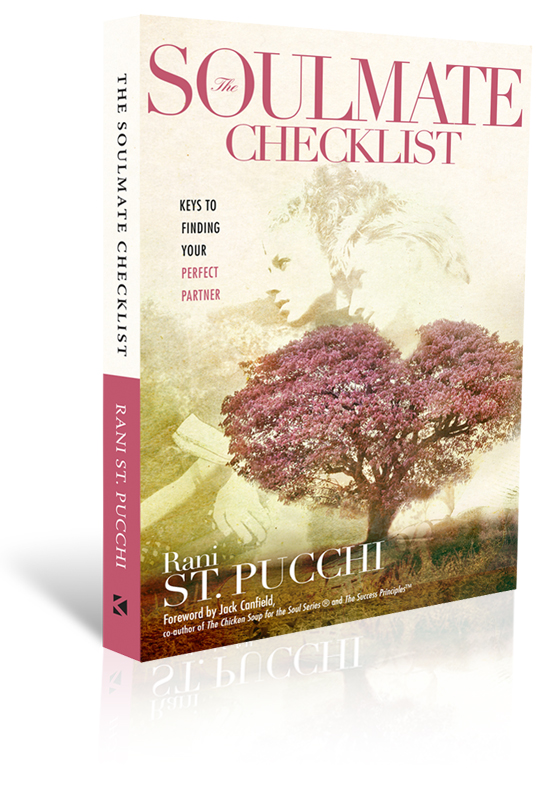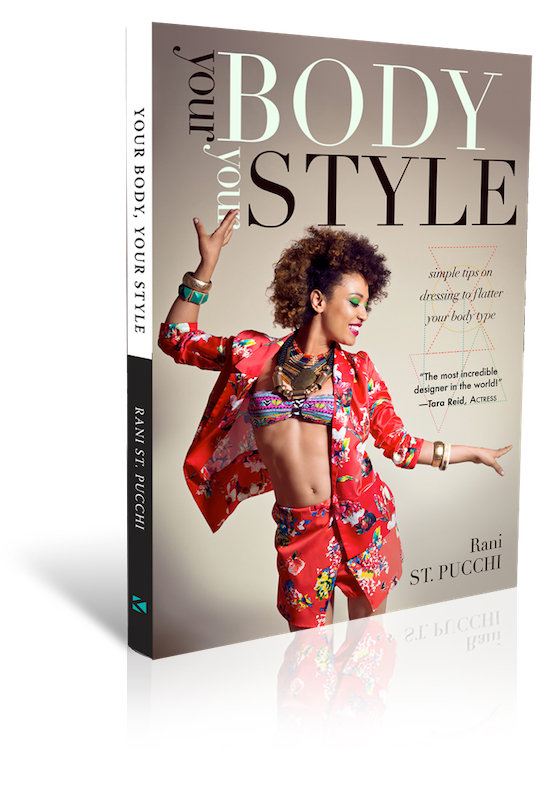Devote not yourselves to negligence;
Have no intimacy with sensuous delights.
The vigilant, meditative person
Attains sublime bliss.
Hard to perceive extremely subtle is this mind,
It roams wherever it desires.
Let the wise man guard it.
A guarded mind is conducive to happiness.
~ The Buddha’s Words in The Dhammapada~
The first time I was introduced to meditation I was twelve years old. I was at a boarding school in India, a Catholic convent. Along with three other girls I lit a candle, sat cross-legged on the floor of our dormitory, and lasted no more than 25 seconds before I fell over in frustration trying to figure out what this Zen thing was all about. I had read that it offered peace within the chaos, some escape from the madness of life, and a “feel good” state of nirvana.
And I desperately wanted to commit to something that would get me to Nirvana.
Fast forward to today. The thought of meditating and finding peace is exciting, and even though I’ve returned to meditation often I never recognized the true life-changing benefits of meditation until I spent ten days at a Buddhist monastery.
Do you ever feel like the Universe is trying to tell you something, but you just don’t understand the message? The Universe was definitely speaking to me then and leading the way…
I had heard of the Northern Insight Meditation Center, Wat Ramphoeng, in the north of Thailand, and since I was already in Bangkok I decided to call and apply. The timing was perfect because their 10 days Vipassana Meditation retreat was just about to start, and lo and behold they had exactly one spot open and could fit me in.
At the crack of dawn the next morning I took a flight out to Chiang Mai. Nestled on the outskirts of the city and not too far from the airport was one of the most beautiful temples I had ever seen. I went straight to the office where a white robed nun, or mae-chii as they are called, and a fully ordained female monk, or bikkhuni, in a monk’s yellow robe checked me in.
For many people, a 10-day long silent meditation retreat is a life-changing and an eye-opening experience. I had done many different types of meditation before I joined the 10-day Vipassana course in Thailand, so it wasn’t all totally new to me. Besides, I had a secret reason for wanting to do this retreat — I was sort of expecting a miracle. For years my life had become unbearable and chaotic, and I had lost a sense of direction. It was my goal to beat this fog and emerge whole.
Being silent for ten days? Not a problem at all! I could do that. Being without technology, sans phone, sans my laptop, sans internet? A breeze!
At least that’s what I thought… until I was asked to hand over my phone, which was locked away in a safe for the duration of my stay. And then it suddenly hit me… I was to have no contact with the outside world.
I thought I knew everything there was to know about Vipassana Meditation but I soon realized I had no real idea as to what this actually entailed. Buddhist style Vipassana course is very authentic, which is what I was looking for, and definitely more challenging for most. If you would feel uncomfortable bowing to a senior monk or taking temporary vows of moral conduct then this retreat would not be for you. However, having been born and raised in Thailand, I was much more interested in a retreat where the tradition would be honored properly and not watered down.
For those who are not familiar with Vipassana meditation, the word ‘Vipassana’ is of Indian origin and means “seeing clearly” or “insight”. All the meditation systems in the world can be categorized into two types: Tranquil or Samatha which develops concentration (Samadhi) on one object to help calm the mind, and Insight or Vipassana, which develops self-understanding through mindfulness training. It is said that the power of concentration from Samatha meditation can be so strong that the meditator can develop extraordinary powers as a side effect. Now, that was intriguing!
Vipassana meditation is unique to Buddhism. Rather than completely shutting out the outside world, a yogi practicing Vipassana seeks to see the true nature of all phenomena. This is achieved by maintaining mindfulness and contemplating on four areas, also referred to as the Four Foundations of Mindfulness:
*Mindfulness of the Body which includes all bodily movements and sensations such as the lifting, stepping and placing of the feet during walking meditation, and acknowledging the breath — the rise and fall of the abdomen, while seated.
*Mindfulness of One’s Feelings or Sensations which means to contemplate and acknowledge the state of happiness or suffering, or even the neutral feeling of neither happiness nor misery.
*Mindfulness of the Thought which means to contemplate one’s thoughts, to be conscious of the feeling of anger, peace, distraction, delusion, etc. in the consciousness.
*Mindfulness of Objects of the Mind which means to contemplate and recognize external stimulation when we think or comment about something, such as when we are desirous, angry, slothful, restless, or doubtful as a result of thinking.
In short the four foundation of mindfulness are the heart of Buddha’s teachings. Impermanence, suffering and non-self are the three characteristics present in every object of mindfulness.
As Buddha stated clearly in the Mahasatipatt hana Sutta:
“Look, you who find the cycle of rebirth harmful, the four foundations of mindfulness are the only way to the purification of all sorrows and lamentations, the end of all suffering and grief, and the attainment of Nibbana (nirvana)”
So here I was — ready and eager to deep dive into the experience. After all, I was looking to attain nirvana. And the Lord Buddha promised it.
The first morning was devoted to learning the basics of Vipasanna meditation. We were taught a sitting technique and a form of walking meditation. The methods of sitting and walking meditation taught were unique and the entire afternoon was dedicated to just practicing them.
Each guest was provided with a small room with an attached bathroom, a wooden bed and a thin mattress, clean linen and pillow. These rooms were very basic, but this was obviously to discourage distraction. The food was provided for free by the local people who donated it to the temple as a way to make merit. In fact everything in the temple was free as Wat Rampoeng doesn’t charge and only accepts donations.
Wat Rampoeng was challenging from the first day. The temple day started early at four o’clock, and almost the entire time was devoted to doing the practice. Our daily routine was as follows:
• 4 AM — Wake up at the sound of the bell and/or your alarm clock. Go to the temple. Starting with mindful prostrations and chanting, continue with walking meditation, followed by sitting meditation at intervals.
• 6 AM — Breakfast bell rings. Buddhist prayers are chanted before each meal.
• After eating, wash your dishes, then you may clean, wash and bathe. At this time many volunteer to sweep up the grounds around the dormitory.
• Walking and sitting meditation until lunch
• 10:30 AM lunch bell rings. You must finish eating solid food before noon.
• Walking and sitting meditation until reporting.
• Reporting is typically around two or three PM depending on the abbot’s schedule.
• More walking and sitting meditation until 10 PM.
Even though we weren’t ordained as monks we were still expected to follow many of the rules that monks follow. We weren’t allowed to eat after midday, there was no entertainment, no books were allowed — not even meditation books, and talking was discouraged. Almost all the rules made sense including the one about food; one of the reasons that Buddhist monks don’t eat after midday is that a full stomach makes meditation difficult.
Was I ready for this journey? I asked myself, “What can I do to prepare myself? To ultimately receive what I truly desire?” And the answer was clear: Just prepare yourself — that is your only task.
*This story first appeared on Medium
© Rani St. Pucchi, 2018
Rani St. Pucchi is an award-winning Couture Fashion Designer, a Style & Image Consultant, and a Relationship Expert. She is a Bestselling Author, a Speaker, an Inspirational Coach and a Trainer. Her recent TEDx talk: Is Your Body Image Holding You Back has received worldwide acclaim. Rani’s #1 International Bestselling Books, Your Body, Your Style: Simple Tips on Dressing to Flatter Your Body Type ; The SoulMate Checklist: Keys to Finding Your Perfect Partner; and Your Bridal Style: Everything You Need to Know to Design the Wedding of Your Dreams are available on Amazon and at Barnes & Nobles.
For more information on Rani please visit www.ranistpucchi.com

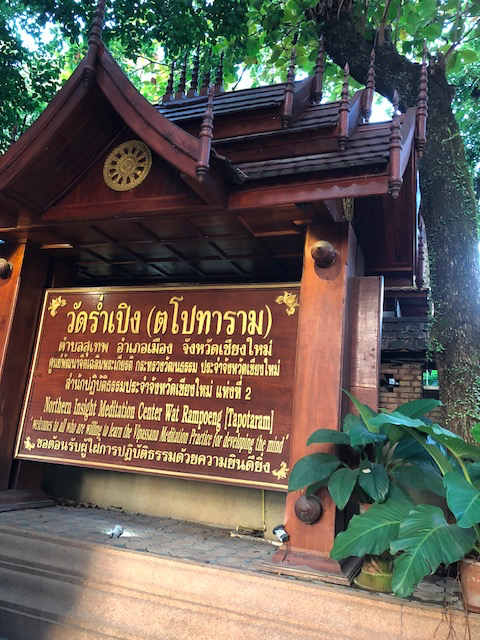
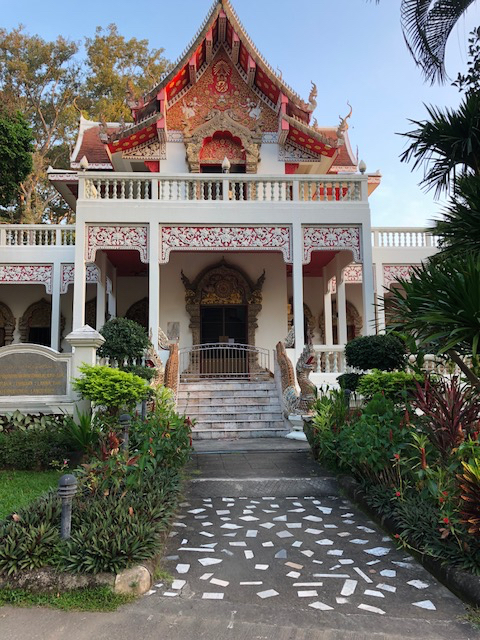
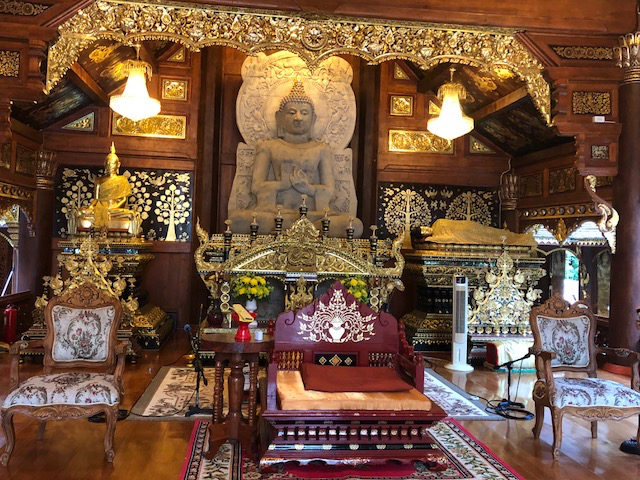
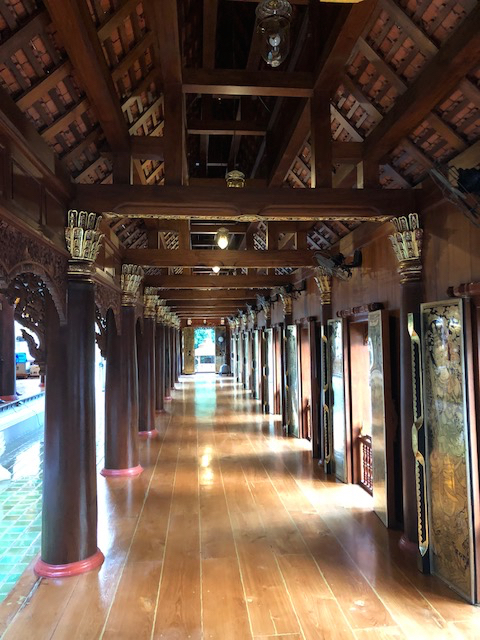

 Rani St. Pucchi is an inspirational speaker, empowerment coach, bestselling author, image consultant, and founder and designer of St. Pucchi, the internationally acclaimed bridal fashion house. She draws on her more than 30 years in the fashion industry to help women abandon debilitating self-doubt, and become the designers of their own lives. Rani empowers thousands of women across the world with her message of body-positivity and self-love.
Rani St. Pucchi is an inspirational speaker, empowerment coach, bestselling author, image consultant, and founder and designer of St. Pucchi, the internationally acclaimed bridal fashion house. She draws on her more than 30 years in the fashion industry to help women abandon debilitating self-doubt, and become the designers of their own lives. Rani empowers thousands of women across the world with her message of body-positivity and self-love. 